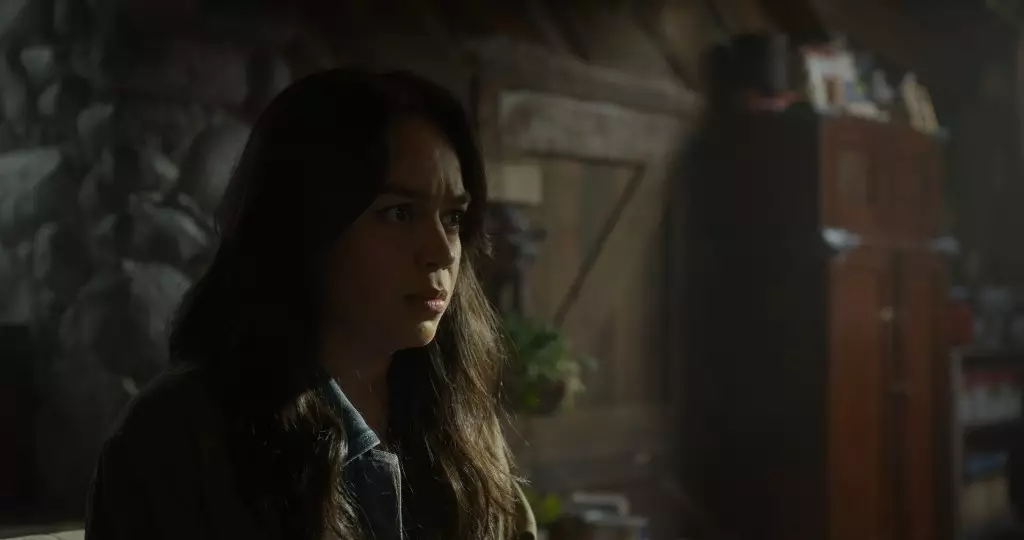The Final Destination franchise has long captivated audiences with its unique premise revolving around death’s cruel and often surrealistic methods of claiming lives. With the much-anticipated sixth installment, *Final Destination: Bloodlines*, slated for release on May 16, director Zach Lipovsky offers a refreshing twist to the series’ formula. For the first time, the narrative will take a time-traveling leap back to 1969, adding layers of complexity that fans have yet to witness. This shift not only distinguishes the film from previous entries but also implications that ripple throughout the storyline, allowing viewers to grapple with an intricate tapestry woven across multiple timelines.
Lipovsky’s ambition to subvert audience expectations is laudable. Instead of a linear progression where death’s events are predictable, *Bloodlines* engages viewers in a puzzle that stretches across generations. As he describes, the character’s harrowing premonition becomes a double-edged sword. Viewers will not only watch the anguish unfold in the past but also find themselves immersed in a modern-day narrative rife with suspense. This unique vantage point will indeed keep fans on the edge of their seats, perhaps even leading them to question fate itself as they attempt to unravel the chaos lurking within the film.
Subverting the Fatal Formula
Another enticing aspect of *Bloodlines* is how it embraces the franchise’s traditional elements while evading its predictability. Drawing viewers into the web of uncertainty regarding who will meet a tragic end and how, Lipovsky and his co-director Adam Stein aim to ignite a sense of thrill that has been relatively stagnant in contemporary horror. It is this unpredictability that promises to rekindle the series’ essence, ensuring that no character is safe, and every corner turned is a fresh opportunity for terror.
While the anticipation surrounding the haunting premonition showcased in the initial trailer is palpable, it’s crucial to understand the psychological implications that the film seeks to exploit. By focusing on a college student’s traumatic nightmares, *Bloodlines* captures a more human essence amidst the horror. The audience will relate to Stefanie, who finds herself trapped in a cycle of fear as she races against time to save her loved ones. This emotional undercurrent is vital to engaging viewers; it transforms the film from mere spectacle to a visceral journey through anxiety, one that many individuals face in their own realities.
The Future of Fright: Legacy and Innovation
As *Final Destination: Bloodlines* embarks on this transformative journey, it poses a significant question: can a long-standing franchise rejuvenate its roots while carving out space for innovation? The answer resides in the filmmakers’ ability to mesh nostalgia with modern cinematographic techniques. The social media fervor surrounding the released trailer, which garnered over 178.7 million views in just 24 hours, reveals a resilient fanbase eager for fresh narratives dramatic enough to linger in their minds long after the credits roll.
Ultimately, the film serves as a testament to the franchise’s promise to evolve. In a landscape flooded with predictable tropes, *Bloodlines* stands out as an ambitious pursuit, daring to tap into deeper fears while redefining the elements of terror. As viewers prepare to embark on this grueling ride towards death, one can only hope that the filmmakers remain unflinching and bold in their quest to design an unpredictable and riveting cinematic experience.

